 International Paper announced that it will permanently close its containerboard and packaging facilities in Savannah and its lumber and containerboard operations in Riceboro. In other Business news: the US and EU unveiled details of their trade deal; the US Trade Commission said Chinese cabinet duties will remain in place; a US trade court dismissed JD Irving’s lumber appeal; BC First Nations explore free trade with US Nations; Ontario invests in worker training; the Canadian Federation of Independent Business says 1 in 5 companies won’t survive 6 months due to tariffs; and New Zealand and Nordic timber companies face troubled times.
International Paper announced that it will permanently close its containerboard and packaging facilities in Savannah and its lumber and containerboard operations in Riceboro. In other Business news: the US and EU unveiled details of their trade deal; the US Trade Commission said Chinese cabinet duties will remain in place; a US trade court dismissed JD Irving’s lumber appeal; BC First Nations explore free trade with US Nations; Ontario invests in worker training; the Canadian Federation of Independent Business says 1 in 5 companies won’t survive 6 months due to tariffs; and New Zealand and Nordic timber companies face troubled times.
In other news: the USDA invests in private forests in the US south; Missoula experts push back on USDA’s consolidation plan; BC’s caribou populations are predicted to fall due to climate change; UBC’s Gary Bull opines on forest management and biodiversity; and two letters on the future of North Cowichan’s Municipal Forest Reserve. Meanwhile, positive mass timber news from the Softwood Lumber Board, and a real estate development company (fire test).
Finally, WorkSafeBC is looking at new regulation requirements for combustible dust.
Kelly McCloskey, Tree Frog News Editor
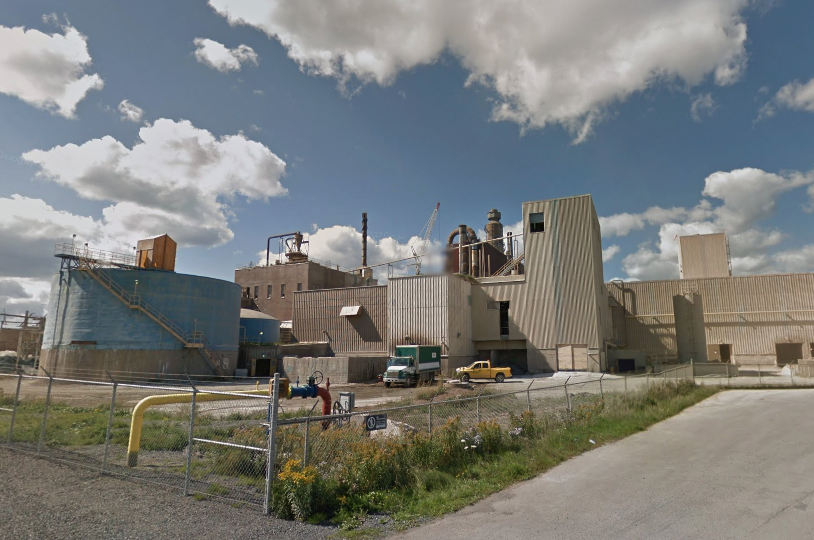 A B.C. Supreme Court justice has authorized the process that will ultimately lead to the sale of the Nova Scotia timberlands, Crown land leases and a nursery controlled by Northern Pulp. Justice Shelley Fitzpatrick approved a $104-million baseline bid for the assets by Macer Forest Holdings on Thursday. Macer’s bid, known as a stalking horse agreement, positions the Ontario-based company to pick up the …Pictou County pulp mill assets unless other interested parties come forward. If other bidders are identified by Nov. 20, an auction would be held using the stalking horse price as the starting point. …If Macer is not successful at auction, it would receive compensation of up to about $3.1 million. …Proceeds of the asset sale are to go toward Northern Pulp’s debts, including money its parent company, Paper Excellence, has lent it for the creditor protection process, the cost of winding up company pension plans and some of what is owed to the Nova Scotia government for previous loans.
A B.C. Supreme Court justice has authorized the process that will ultimately lead to the sale of the Nova Scotia timberlands, Crown land leases and a nursery controlled by Northern Pulp. Justice Shelley Fitzpatrick approved a $104-million baseline bid for the assets by Macer Forest Holdings on Thursday. Macer’s bid, known as a stalking horse agreement, positions the Ontario-based company to pick up the …Pictou County pulp mill assets unless other interested parties come forward. If other bidders are identified by Nov. 20, an auction would be held using the stalking horse price as the starting point. …If Macer is not successful at auction, it would receive compensation of up to about $3.1 million. …Proceeds of the asset sale are to go toward Northern Pulp’s debts, including money its parent company, Paper Excellence, has lent it for the creditor protection process, the cost of winding up company pension plans and some of what is owed to the Nova Scotia government for previous loans.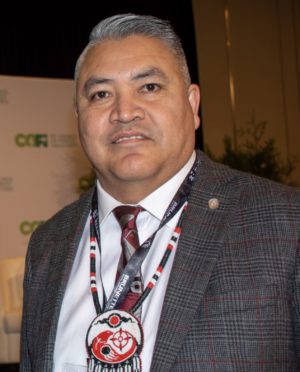
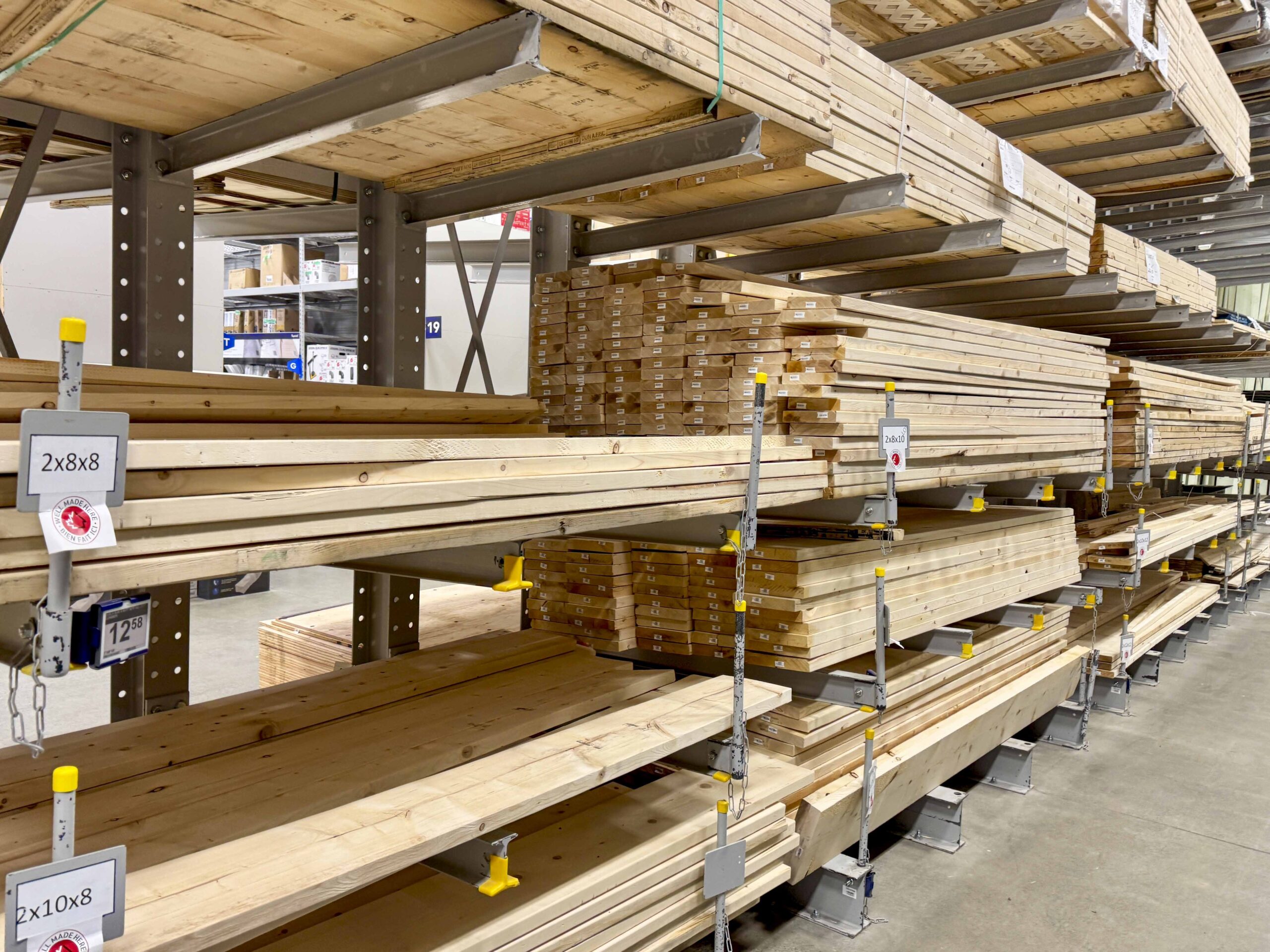 Canadian business owners are sharing growing fears that things could go from bad to worse if the U.S.-imposed trade war doesn’t end soon. New data from the Canadian Federation of Independent Business (CFIB) shows those business owners are being hit the hardest, particularly in B.C. “Two-thirds of B.C. businesses import or export directly to the United States, and when you look at those who do so indirectly, so they buy from importers or exporters, that number jumps up to 80 per cent of all businesses exposed to trade with the United States. So, that’s a huge number,” Ryan Mitton, director of Legislative Affairs in B.C. at the CFIB said. He adds that the situation appears even more grim for hard-hit industries like steel and lumber. “…one in five in BC have been impacted by softwood lumber tariffs, and that’s the highest rate of all the provinces in Canada,” he adds.
Canadian business owners are sharing growing fears that things could go from bad to worse if the U.S.-imposed trade war doesn’t end soon. New data from the Canadian Federation of Independent Business (CFIB) shows those business owners are being hit the hardest, particularly in B.C. “Two-thirds of B.C. businesses import or export directly to the United States, and when you look at those who do so indirectly, so they buy from importers or exporters, that number jumps up to 80 per cent of all businesses exposed to trade with the United States. So, that’s a huge number,” Ryan Mitton, director of Legislative Affairs in B.C. at the CFIB said. He adds that the situation appears even more grim for hard-hit industries like steel and lumber. “…one in five in BC have been impacted by softwood lumber tariffs, and that’s the highest rate of all the provinces in Canada,” he adds. HAMILTON — The Ontario government is delivering on its plan to protect Ontario workers by investing $70 million in expanded training and employment services for those affected by U.S. tariffs and policies. This funding includes support for the province’s
HAMILTON — The Ontario government is delivering on its plan to protect Ontario workers by investing $70 million in expanded training and employment services for those affected by U.S. tariffs and policies. This funding includes support for the province’s  The US Court of International Trade threw out a legal challenge from Canadian softwood lumber producers J.D. Irving Ltd. granting a motion-to-dismiss from the Commerce Department. Timothy Reif said in the opinion that J.D. Irving, which had challenged Commerce’s 2022 antidumping administrate review on grounds that the agency erred by assigning a higher cash deposit rate in the order, has its proper venue under a binational panel though the USMCA now reviewing the Commerce order. While the Canadian firm said it was challenging not the Commerce fine order but the instruction for the cash deposit rate. Reif said the challenge entered on the commerce final result and thus should rest before the USMCA panel. [to access the full story, a MLex.com subscription is required]
The US Court of International Trade threw out a legal challenge from Canadian softwood lumber producers J.D. Irving Ltd. granting a motion-to-dismiss from the Commerce Department. Timothy Reif said in the opinion that J.D. Irving, which had challenged Commerce’s 2022 antidumping administrate review on grounds that the agency erred by assigning a higher cash deposit rate in the order, has its proper venue under a binational panel though the USMCA now reviewing the Commerce order. While the Canadian firm said it was challenging not the Commerce fine order but the instruction for the cash deposit rate. Reif said the challenge entered on the commerce final result and thus should rest before the USMCA panel. [to access the full story, a MLex.com subscription is required]
 The US International Trade Commission determined on August 21 that revoking the existing antidumping duty order and countervailing duty order on wooden cabinets and vanities from China would likely lead to “continuation or recurrence of material injury within a reasonably foreseeable time.” The Kitchen Cabinet Manufacturers Association (KCMA) said that ruling “means that the antidumping and countervailing duty orders will remain in place for at least another five years and continue to provide relief to the US domestic industry from dumped and subsidized merchandise from China.” As a result of the Commission’s affirmative determinations, the existing orders on imports of these products will remain in place. …The action comes under the five-year (sunset) review process required by the Uruguay Round Agreements Act. The Commission’s public report on Wooden Cabinets and Vanities from China will be available by October 3, 2025.
The US International Trade Commission determined on August 21 that revoking the existing antidumping duty order and countervailing duty order on wooden cabinets and vanities from China would likely lead to “continuation or recurrence of material injury within a reasonably foreseeable time.” The Kitchen Cabinet Manufacturers Association (KCMA) said that ruling “means that the antidumping and countervailing duty orders will remain in place for at least another five years and continue to provide relief to the US domestic industry from dumped and subsidized merchandise from China.” As a result of the Commission’s affirmative determinations, the existing orders on imports of these products will remain in place. …The action comes under the five-year (sunset) review process required by the Uruguay Round Agreements Act. The Commission’s public report on Wooden Cabinets and Vanities from China will be available by October 3, 2025.

 NEW ZEALAND — The timber industry is battening down the hatches, as it struggles with low demand, increased running costs, and wars and tariffs overseas.
NEW ZEALAND — The timber industry is battening down the hatches, as it struggles with low demand, increased running costs, and wars and tariffs overseas.  The United States is the top wood-importing country. Trade issues and tariffs could be a significant factor in determining the path of least resistance for lumber, lumber futures, and wood product prices over the coming weeks and months. …The offseason for lumber demand is on the horizon. The potential for increased price variance due to the uncertainty created by U.S.-Canada trade relations remains high, and the path of least resistance of U.S. short-term interest rates is likely to be lower. Time will tell if longer-term rates follow any Fed Rate cuts over the coming months. Lumber remains a critical construction material, and the current price levels offer a positive risk-reward profile. Accumulating lumber-related assets on a scale-down basis during periods of price weakness over the coming weeks and months could be optimal for 2026, provided the housing market improves and lumber demand rises.
The United States is the top wood-importing country. Trade issues and tariffs could be a significant factor in determining the path of least resistance for lumber, lumber futures, and wood product prices over the coming weeks and months. …The offseason for lumber demand is on the horizon. The potential for increased price variance due to the uncertainty created by U.S.-Canada trade relations remains high, and the path of least resistance of U.S. short-term interest rates is likely to be lower. Time will tell if longer-term rates follow any Fed Rate cuts over the coming months. Lumber remains a critical construction material, and the current price levels offer a positive risk-reward profile. Accumulating lumber-related assets on a scale-down basis during periods of price weakness over the coming weeks and months could be optimal for 2026, provided the housing market improves and lumber demand rises. 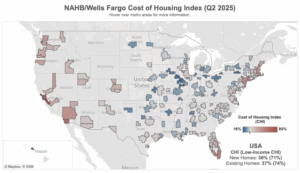 While new homes remain largely unaffordable, builder efforts to improve housing affordability paid dividends in the second quarter of 2025, according to the latest data from the NAHB/Wells Fargo Cost of Housing Index (CHI). The CHI results from the second quarter of 2025 show that a family earning the nation’s median income of $104,200 needed 36% of its income to cover the mortgage payment on a median-priced new home. Low-income families, defined as those earning only 50% of median income, would have to spend 71% of their earnings to pay for the same new home. …The second quarter of 2025 marked the largest historical gap where existing home prices exceeded those of new homes. …The percentage of a family’s income needed to purchase a new home was unchanged at 36% from the first to the second quarter, while the low-income CHI fell from 72% to 71% over the same period.
While new homes remain largely unaffordable, builder efforts to improve housing affordability paid dividends in the second quarter of 2025, according to the latest data from the NAHB/Wells Fargo Cost of Housing Index (CHI). The CHI results from the second quarter of 2025 show that a family earning the nation’s median income of $104,200 needed 36% of its income to cover the mortgage payment on a median-priced new home. Low-income families, defined as those earning only 50% of median income, would have to spend 71% of their earnings to pay for the same new home. …The second quarter of 2025 marked the largest historical gap where existing home prices exceeded those of new homes. …The percentage of a family’s income needed to purchase a new home was unchanged at 36% from the first to the second quarter, while the low-income CHI fell from 72% to 71% over the same period. 
 SLB-Funded NYC Mass Timber Studio Expands With Landmark Projects: Building on the success of its first round of projects in 2024, the NYC Mass Timber Studio announced a second cohort of selected projects this month to help catalyze deployment of wood construction throughout New York City. … After supporting successful accelerator programs in Boston, Georgia, and New York City, the SLB is now exploring collaborations with cities in Arizona, California, Colorado, Pennsylvania, Oregon, and Texas.
SLB-Funded NYC Mass Timber Studio Expands With Landmark Projects: Building on the success of its first round of projects in 2024, the NYC Mass Timber Studio announced a second cohort of selected projects this month to help catalyze deployment of wood construction throughout New York City. … After supporting successful accelerator programs in Boston, Georgia, and New York City, the SLB is now exploring collaborations with cities in Arizona, California, Colorado, Pennsylvania, Oregon, and Texas. .jpg)
 Global warming is predicted to drive one of the greatest declines in caribou populations in the last 21,000 years, with British Columbia’s herds expected to see declines of up to 61 per cent by 2100 if high rates of warming go unchecked, a new study says. Caribou — also known as reindeer in Europe and Asia — have survived several spells of Arctic warming in the past. Their presence across the planet’s tundra, forests and mountains have long supported Indigenous populations while acting as ecosystem engineers, disturbing the soil and trampling vegetation in a way that promotes new plant growth. …Human disturbance of those landscapes — from logging to road building — has already led to a two-thirds decline in the global population over the past 30 years. New
Global warming is predicted to drive one of the greatest declines in caribou populations in the last 21,000 years, with British Columbia’s herds expected to see declines of up to 61 per cent by 2100 if high rates of warming go unchecked, a new study says. Caribou — also known as reindeer in Europe and Asia — have survived several spells of Arctic warming in the past. Their presence across the planet’s tundra, forests and mountains have long supported Indigenous populations while acting as ecosystem engineers, disturbing the soil and trampling vegetation in a way that promotes new plant growth. …Human disturbance of those landscapes — from logging to road building — has already led to a two-thirds decline in the global population over the past 30 years. New 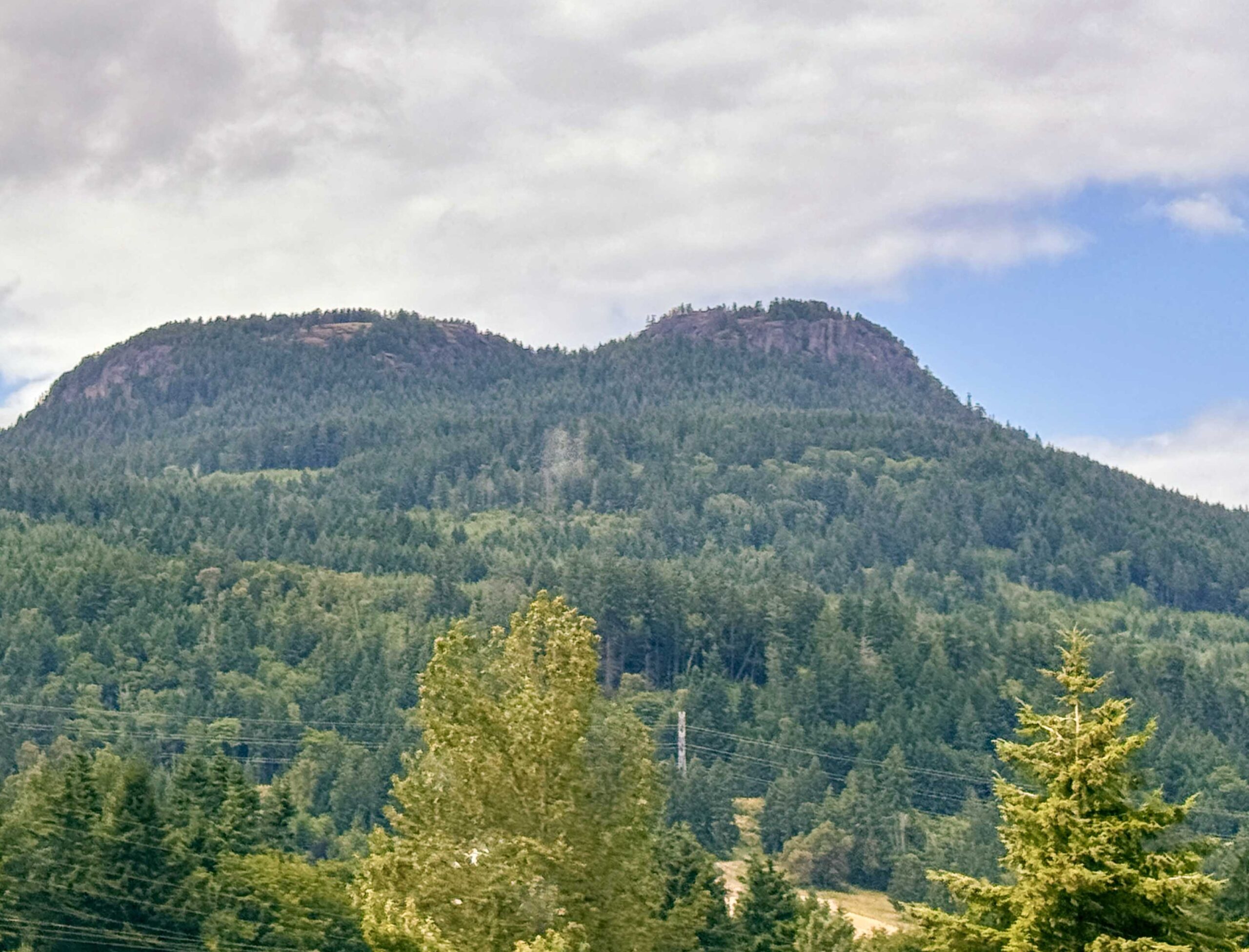 The Cowichan Valley Citizen has published two letters to the editor referencing the North Cowichan Municipal Forest Reserve
The Cowichan Valley Citizen has published two letters to the editor referencing the North Cowichan Municipal Forest Reserve

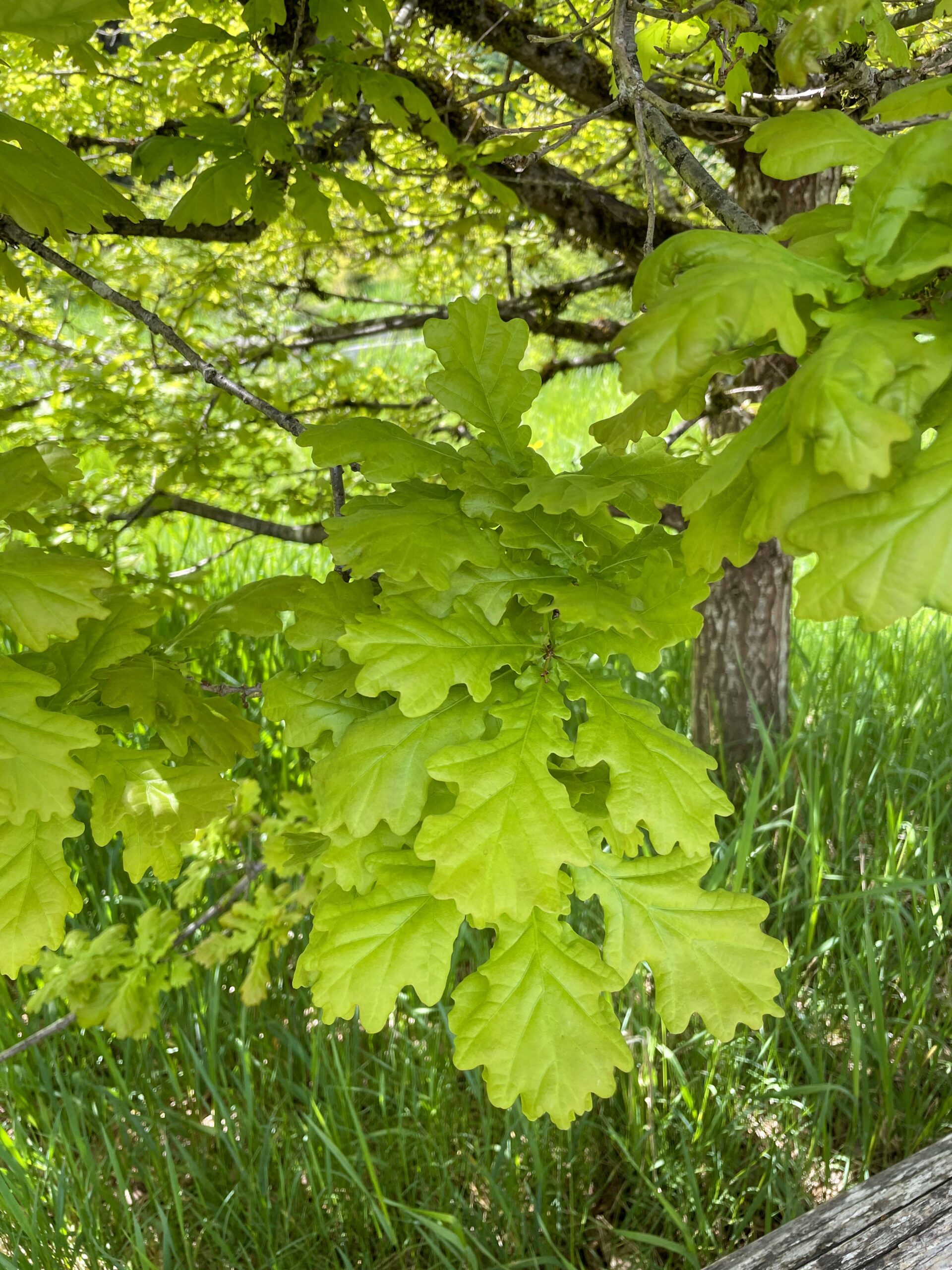 PORTLAND, Oregon — The USDA Forest Service and the Oregon Department of Forestry are investing $750,000 to restore oak habitat and reduce wildfire risk in the southern Willamette Valley. The project will reduce the risk of uncharacteristic wildfire and restore fire-adapted oak ecosystems that are important to wildlife, water quality, and rural communities. Work includes treating 150 acres of hazardous fuels while supporting partner efforts to treat an additional 1,200 acres — for a total of 1,350 acres restored. Landowners will receive assistance to implement oak management activities, including hazardous fuels mitigation, that promote resilient and fire-adapted forests. This investment is part of the Forest Service’s Landscape Scale Restoration (LSR) program, a nationally competitive grant program that supports collaborative, science-based projects across state, tribal, and private forestlands. The Forest Service invested $7 million to fund 19 projects nationwide, including $300,000 to this project in Oregon.
PORTLAND, Oregon — The USDA Forest Service and the Oregon Department of Forestry are investing $750,000 to restore oak habitat and reduce wildfire risk in the southern Willamette Valley. The project will reduce the risk of uncharacteristic wildfire and restore fire-adapted oak ecosystems that are important to wildlife, water quality, and rural communities. Work includes treating 150 acres of hazardous fuels while supporting partner efforts to treat an additional 1,200 acres — for a total of 1,350 acres restored. Landowners will receive assistance to implement oak management activities, including hazardous fuels mitigation, that promote resilient and fire-adapted forests. This investment is part of the Forest Service’s Landscape Scale Restoration (LSR) program, a nationally competitive grant program that supports collaborative, science-based projects across state, tribal, and private forestlands. The Forest Service invested $7 million to fund 19 projects nationwide, including $300,000 to this project in Oregon.
 ATLANTA — The U.S. Department of Agriculture’s Forest Service announced it is investing more than $2.1 million in four projects across nine states in the Southern Region to restore state and private forestlands. These investments directly support the agency’s efforts to reduce wildfire risk, increase timber production, and expand rural economies, while providing critical support to landowners across management jurisdictions as they work to promote healthy, productive forests that benefit rural communities. The investments, totaling more than $7 million nationwide, are being delivered as competitive grants through the Landscape Scale Restoration program. Of the total funding, $600,000 will support two projects for federally recognized tribes. …In the Southeast, protecting wildlife habitat and restoring important forest ecosystems such as longleaf pine and oak are important priorities to ensure continued economic productivity of rural working lands.
ATLANTA — The U.S. Department of Agriculture’s Forest Service announced it is investing more than $2.1 million in four projects across nine states in the Southern Region to restore state and private forestlands. These investments directly support the agency’s efforts to reduce wildfire risk, increase timber production, and expand rural economies, while providing critical support to landowners across management jurisdictions as they work to promote healthy, productive forests that benefit rural communities. The investments, totaling more than $7 million nationwide, are being delivered as competitive grants through the Landscape Scale Restoration program. Of the total funding, $600,000 will support two projects for federally recognized tribes. …In the Southeast, protecting wildlife habitat and restoring important forest ecosystems such as longleaf pine and oak are important priorities to ensure continued economic productivity of rural working lands. Don’t miss the August WorkSafeBC Health and Safety News:
Don’t miss the August WorkSafeBC Health and Safety News:
